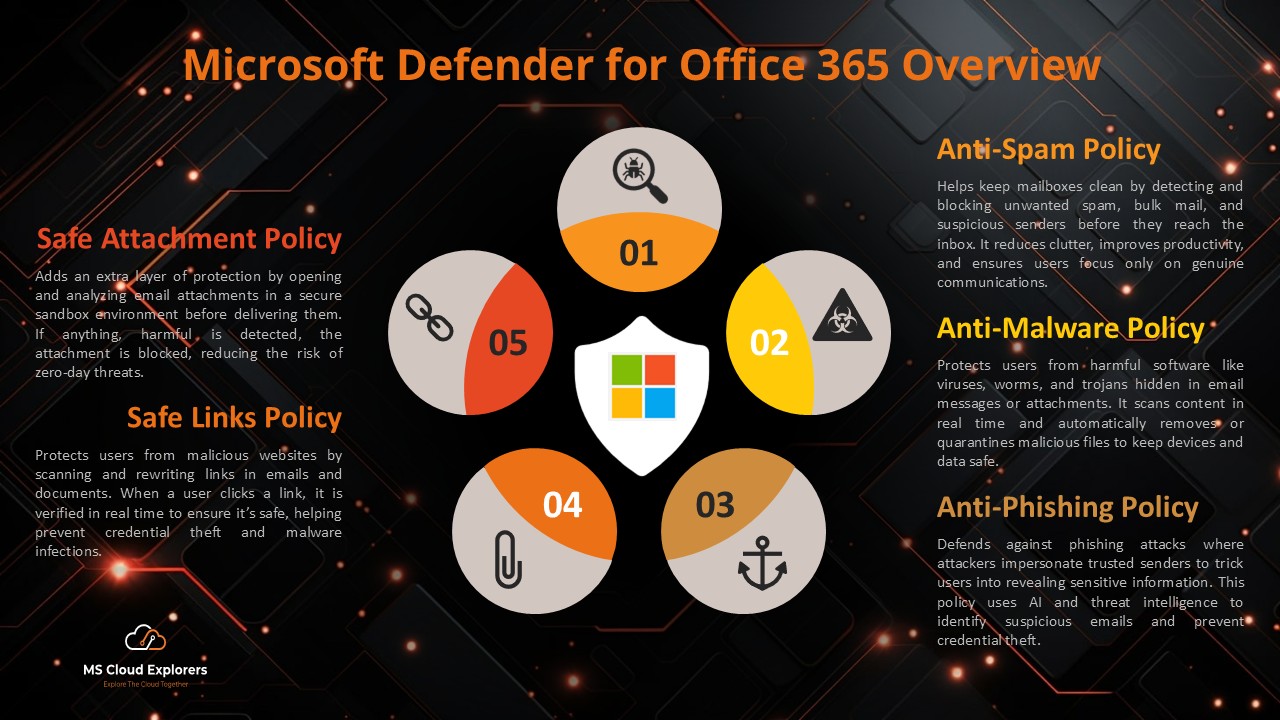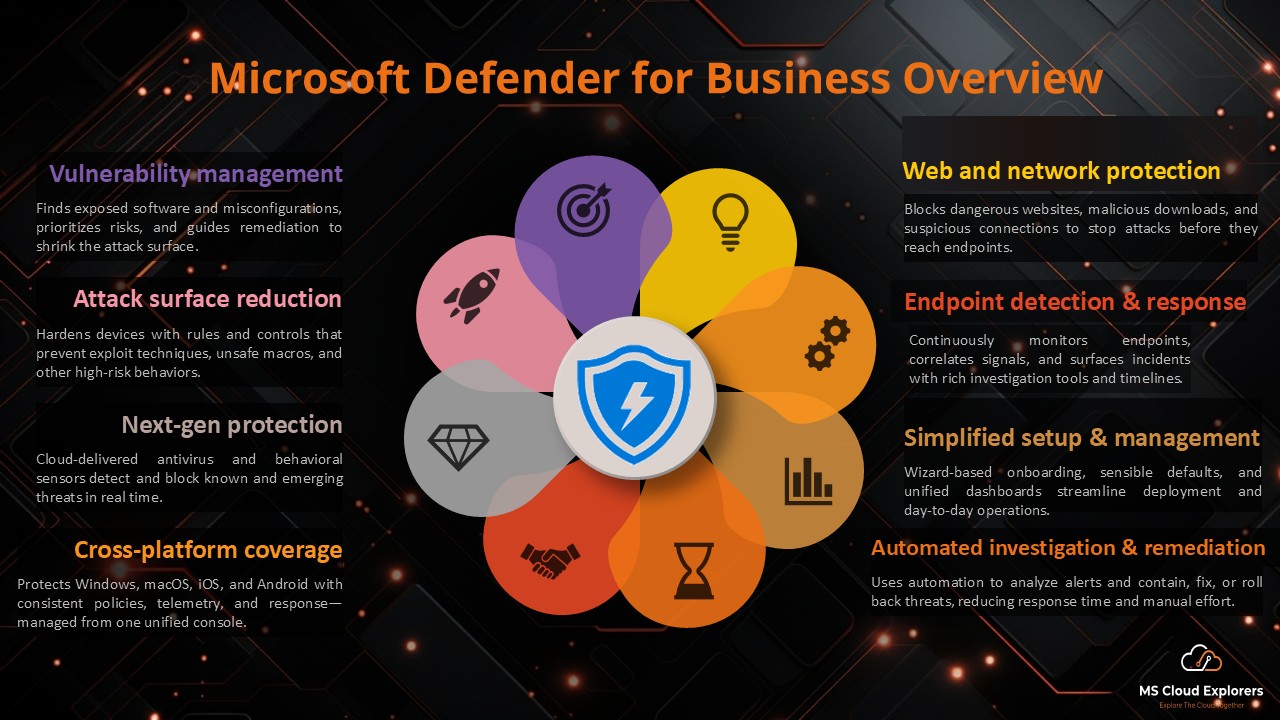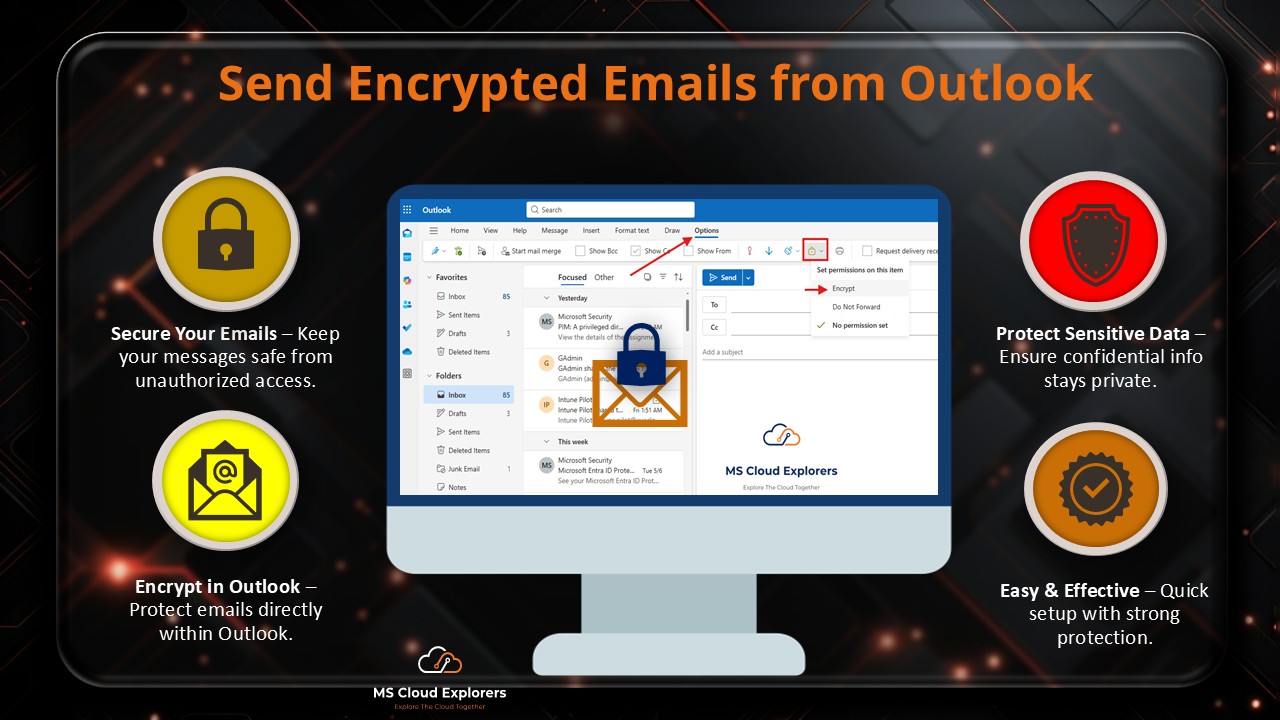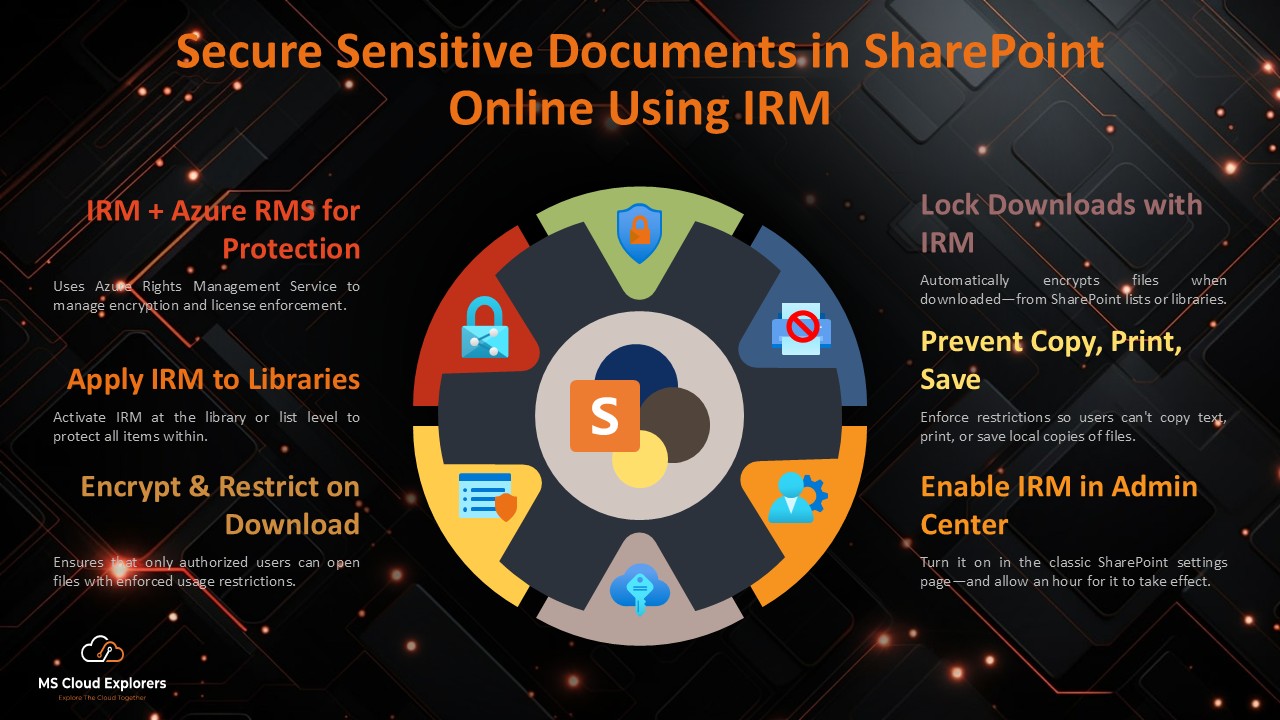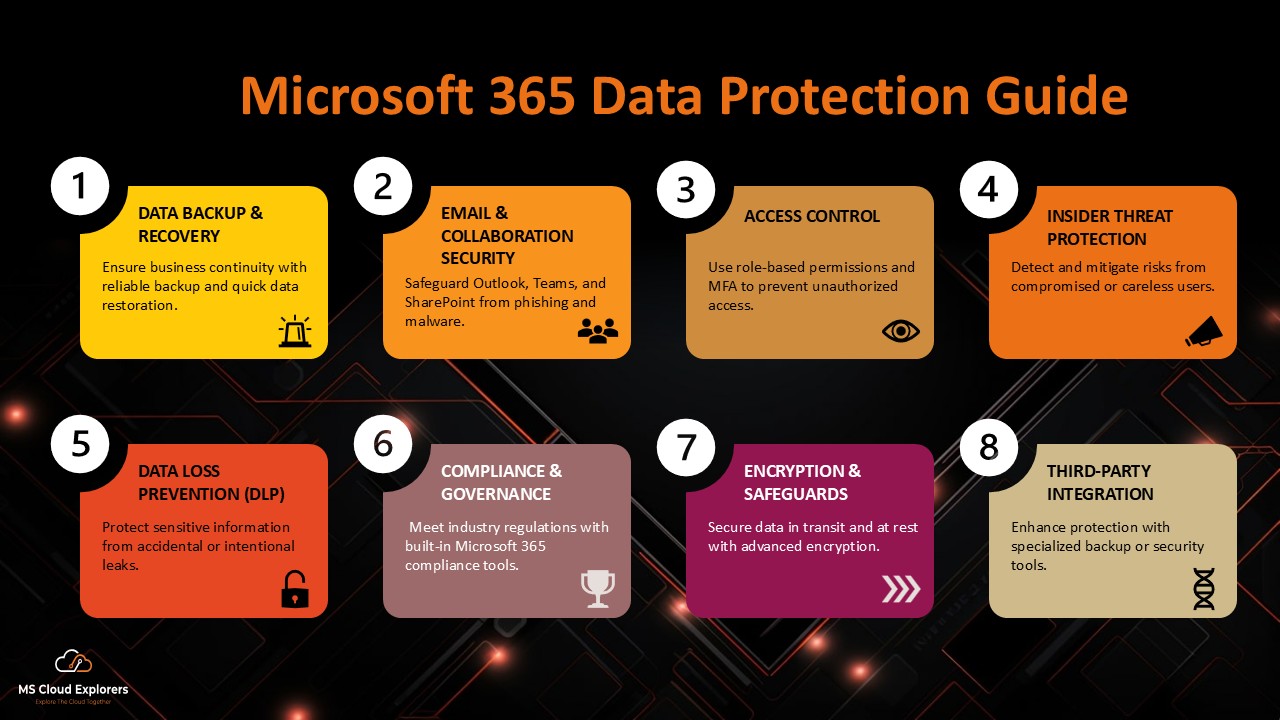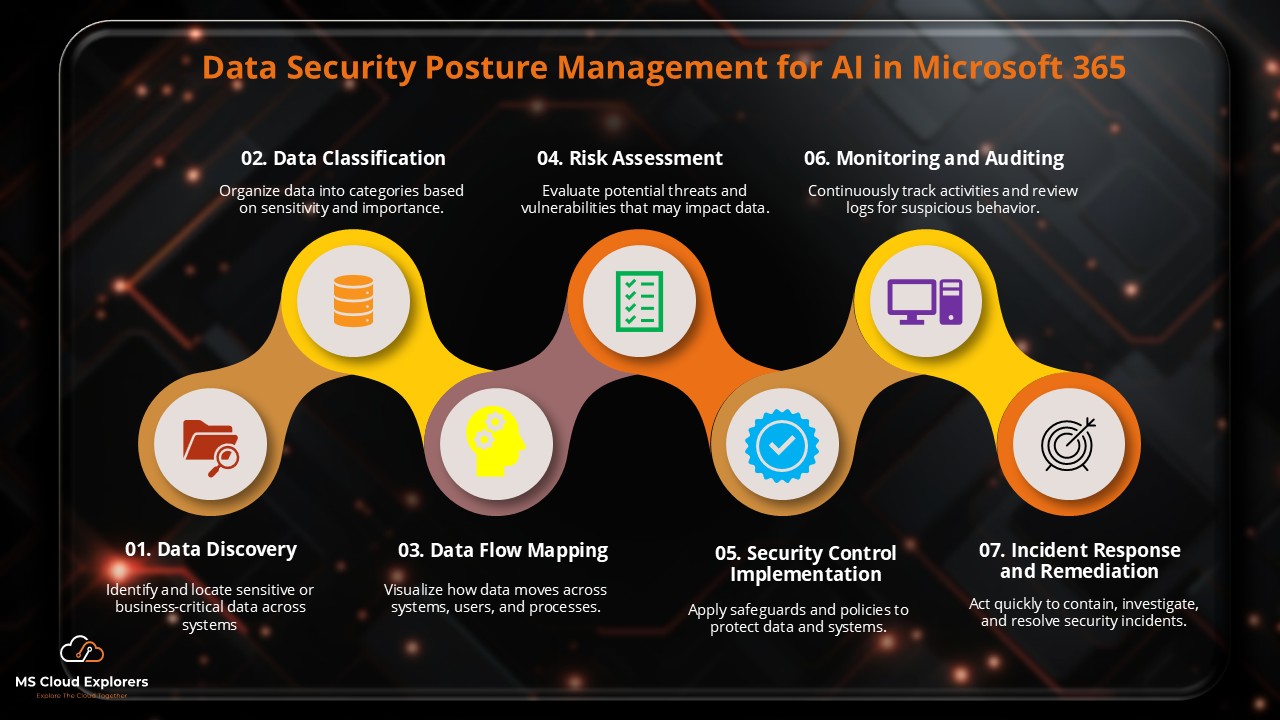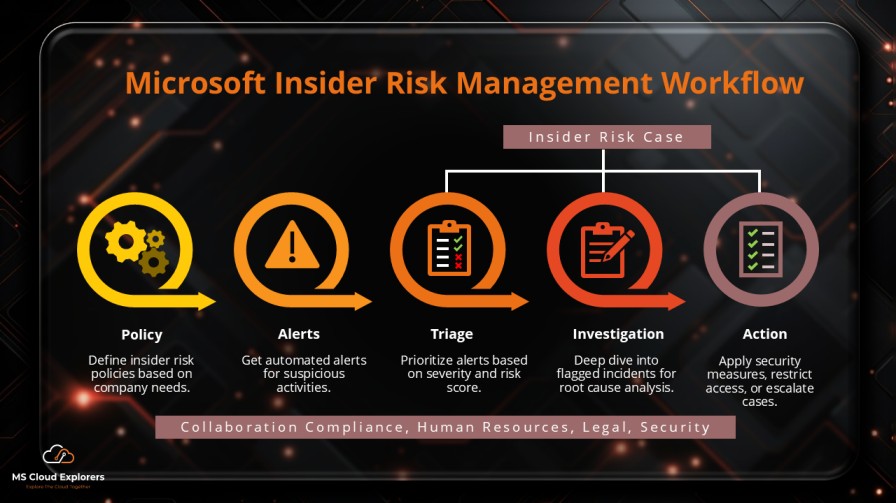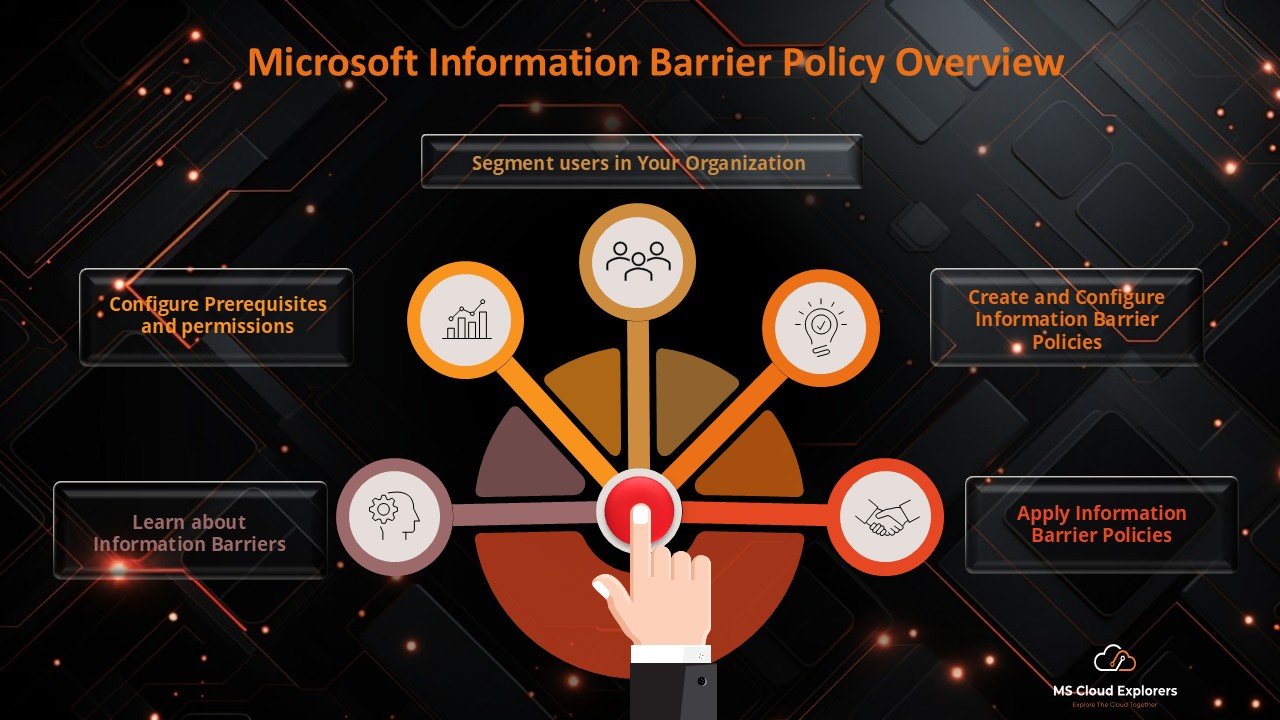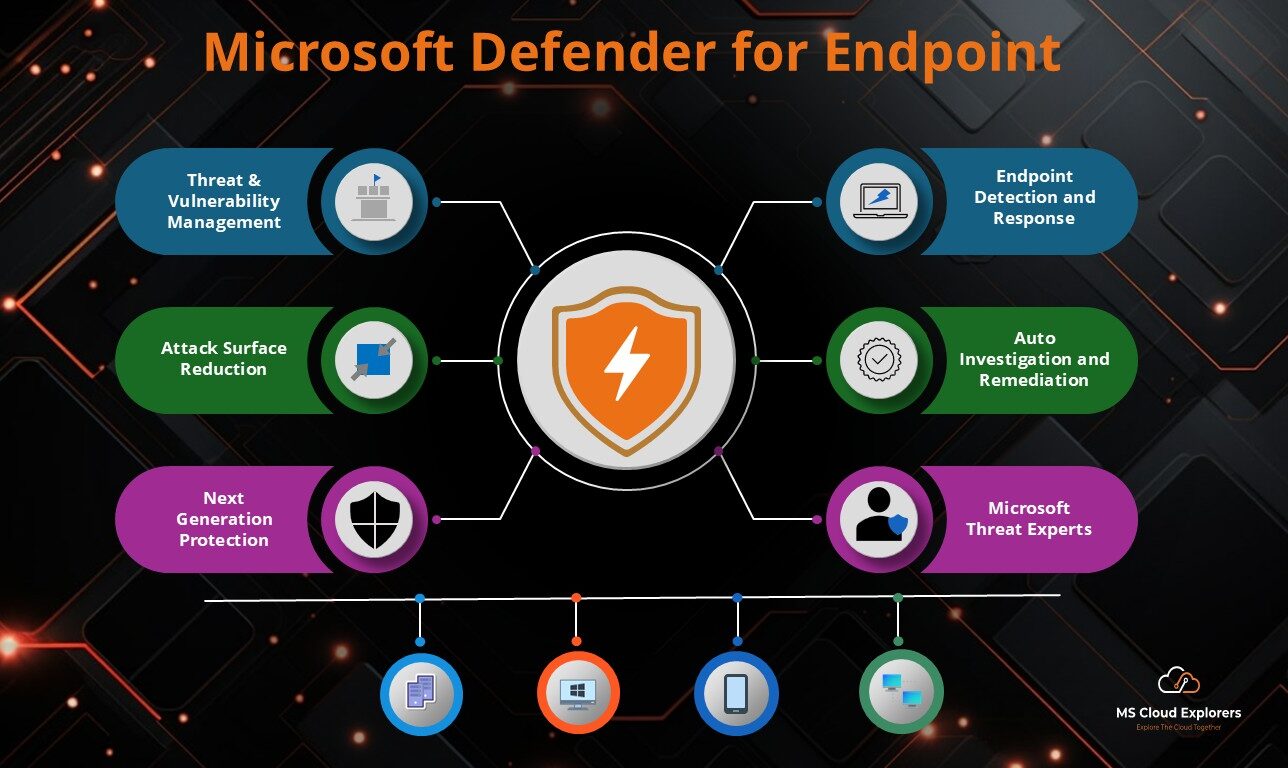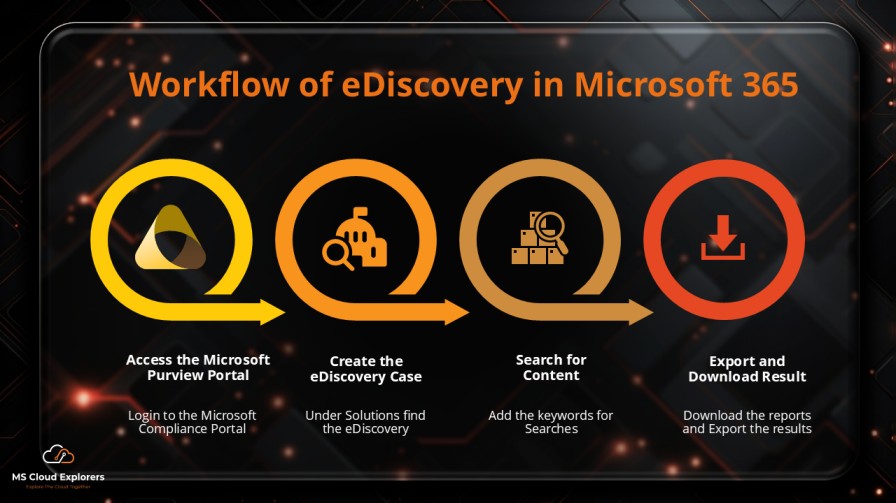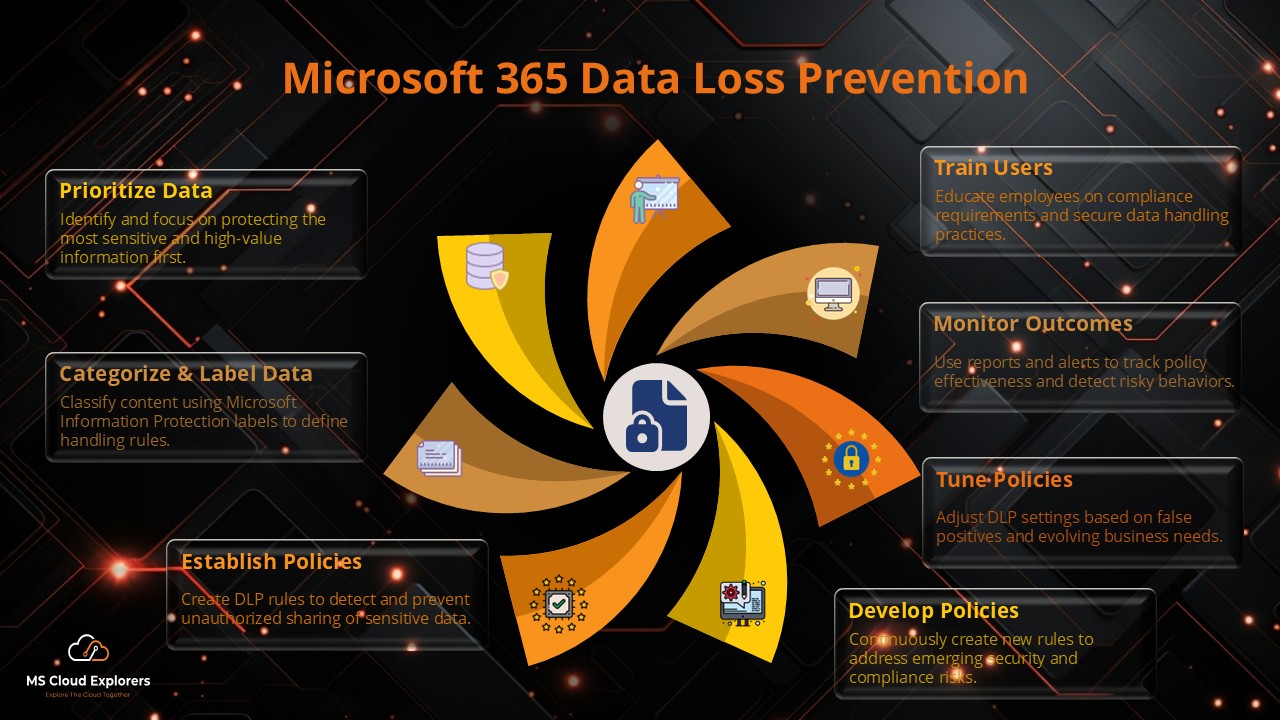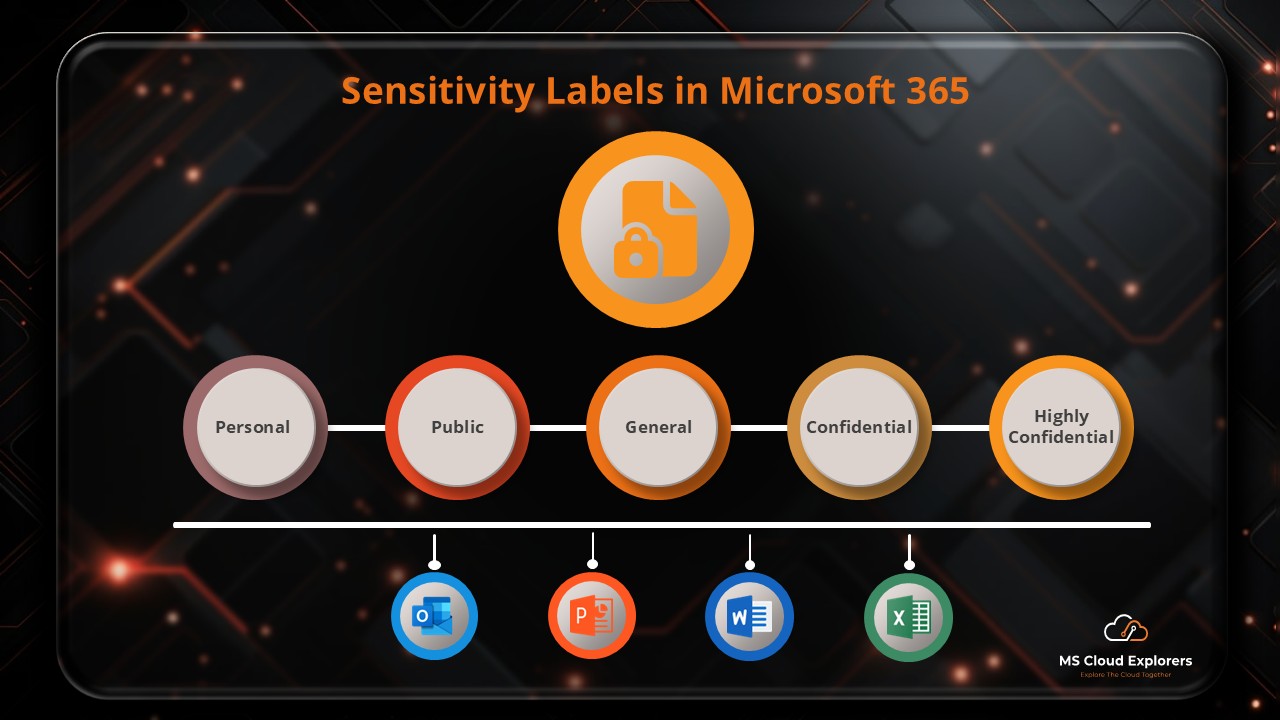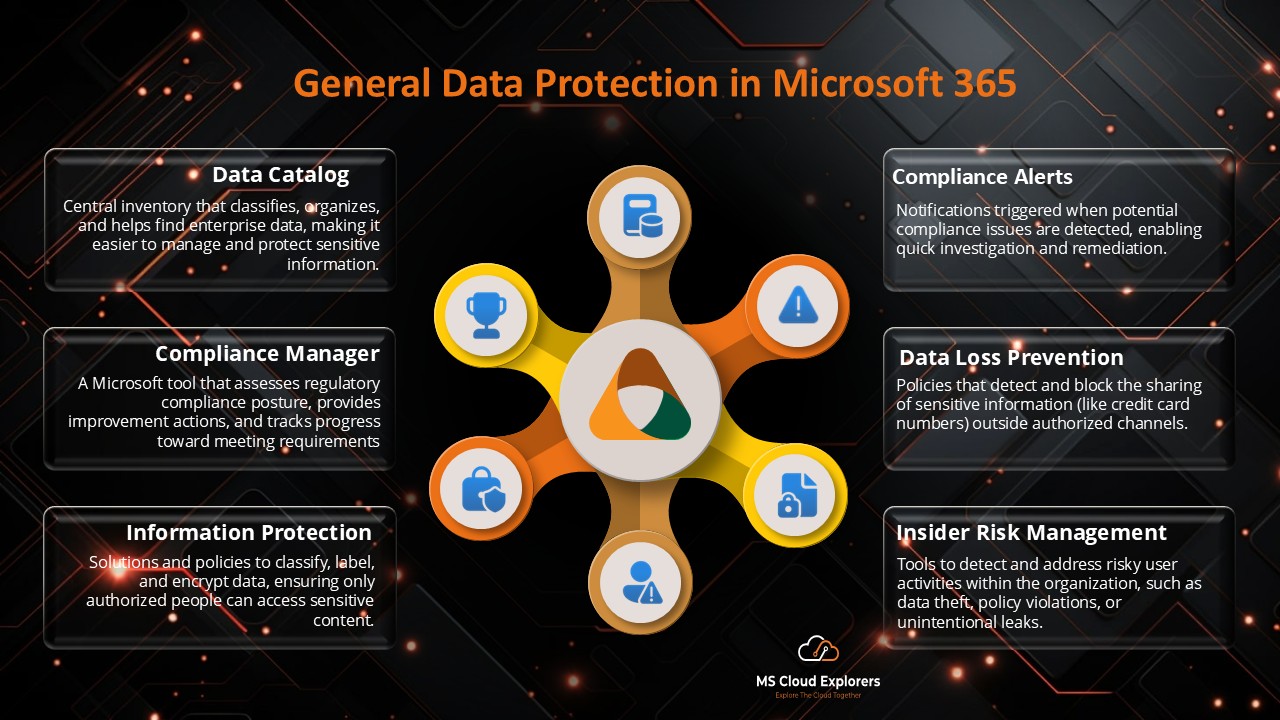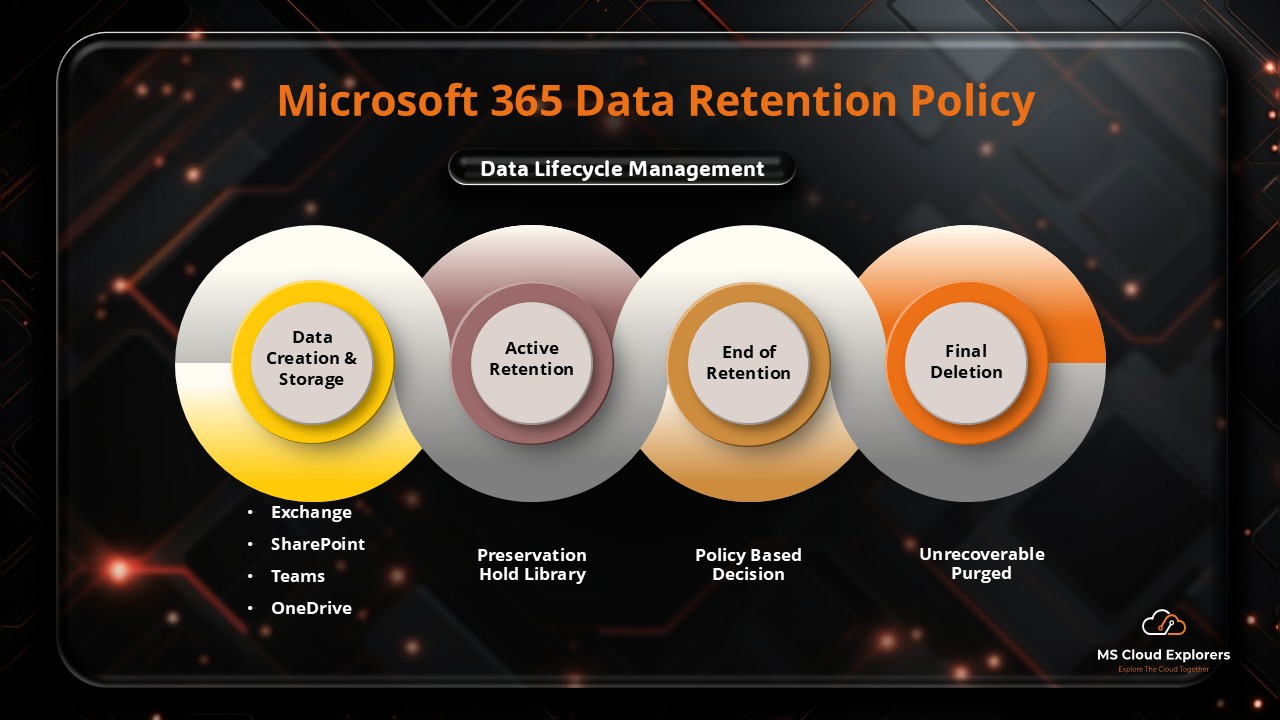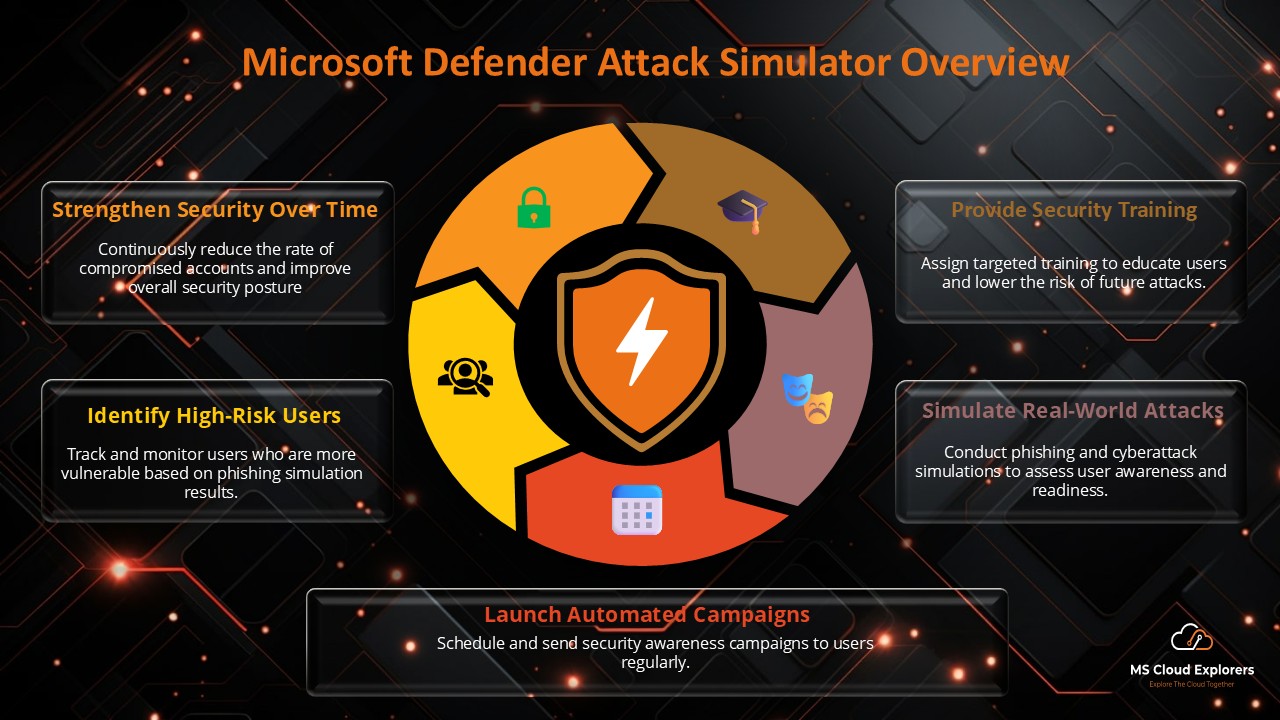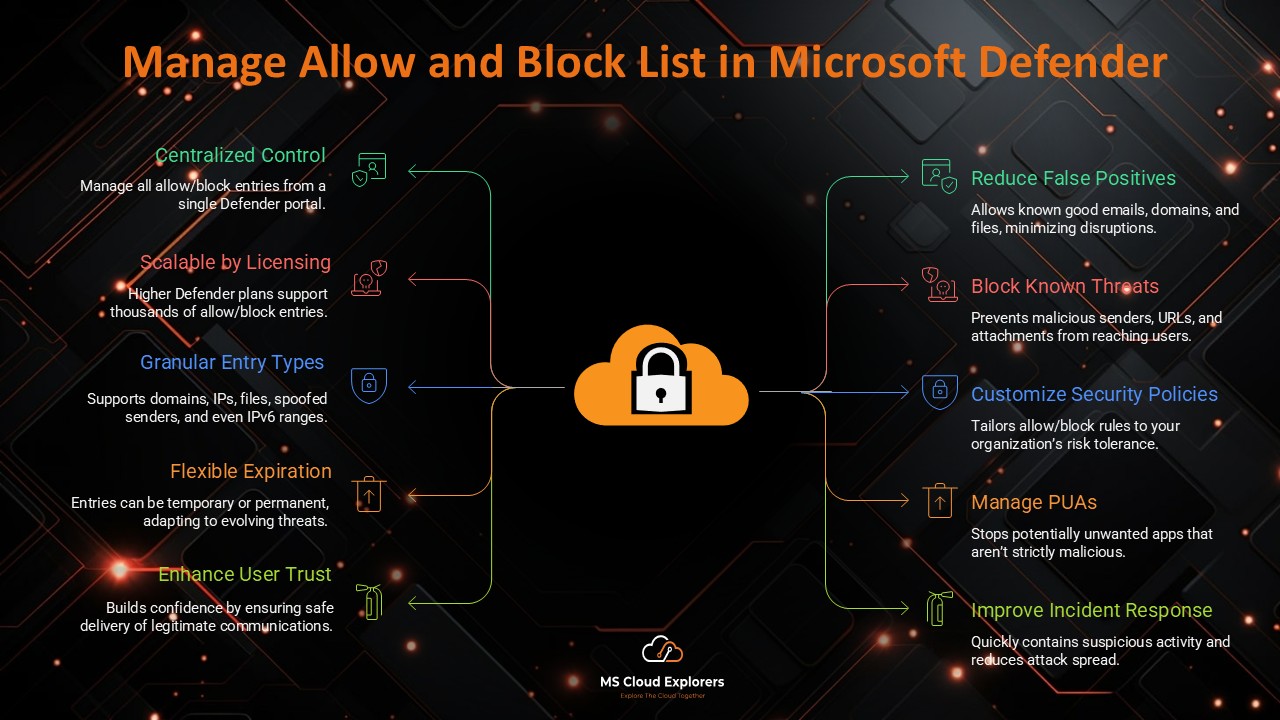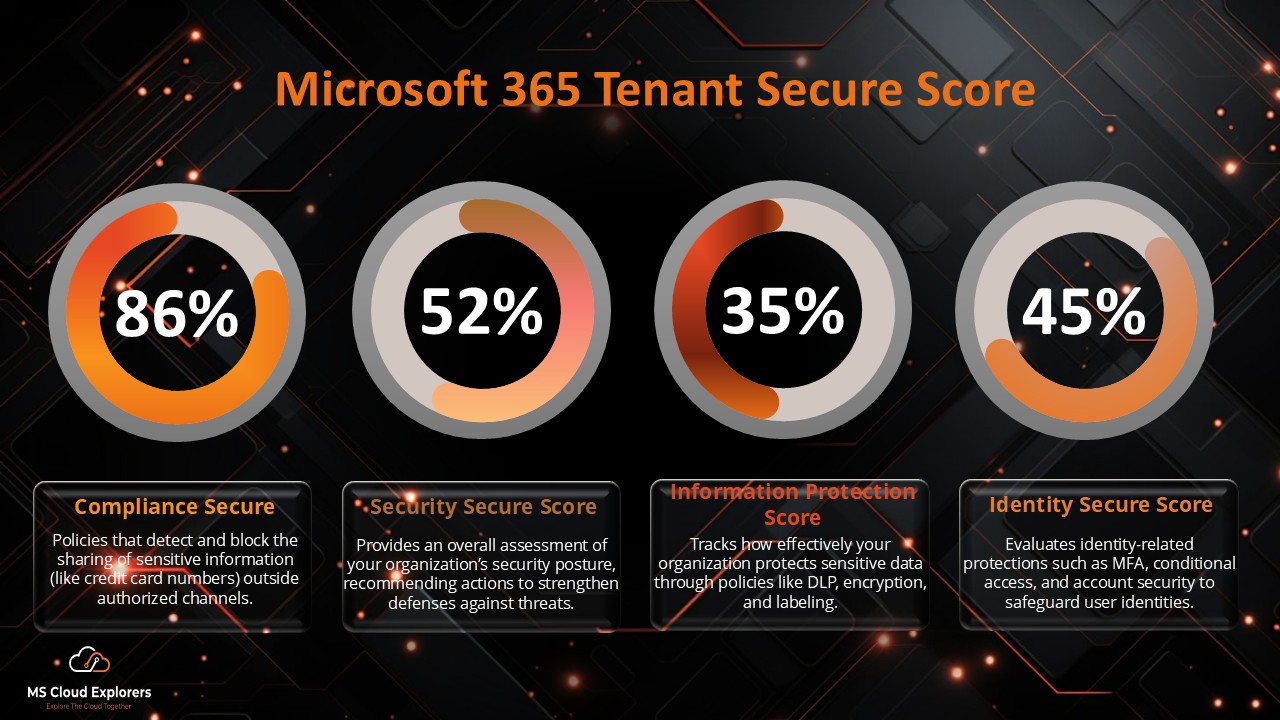
In today’s digital landscape, ensuring robust cybersecurity measures is crucial for organizations of all sizes. Microsoft Secure Score provides a comprehensive security assessment tool to help organizations monitor, enhance, and maintain their security posture. This guide will walk you through the concept of Microsoft Secure Score, its benefits, and actionable steps to improve your organization’s score effectively.
What is Microsoft Secure Score?
Microsoft Secure Score is a security analytics tool within Microsoft 365 that provides organizations with a numerical representation of their security posture. It evaluates security configurations, policies, and user behaviors, offering recommendations to improve overall security.
Key Features of Microsoft Secure Score:
- Security Assessment – Evaluates security settings across Microsoft 365 services.
- Actionable Recommendations – Provides tailored security improvement suggestions.
- Continuous Monitoring – Tracks security improvements over time.
- Benchmarking – Allows comparisons with industry peers.
- Integration with Security Tools – Works seamlessly with Microsoft Defender, Azure Security Center, and more.
Why is Microsoft Secure Score Important?
1. Enhanced Security Posture
By regularly reviewing and implementing Secure Score recommendations, organizations can proactively address vulnerabilities, reducing risks associated with cyber threats.
2. Compliance and Risk Management
For organizations following regulatory standards such as GDPR, HIPAA, and ISO 27001, Secure Score aids in compliance by ensuring security best practices are met.
3. Continuous Improvement
Secure Score provides a dynamic approach to cybersecurity, evolving with the latest security threats and updates from Microsoft.
4. Data Protection
Implementing Secure Score recommendations ensures sensitive corporate and customer data remains protected against unauthorized access and breaches.
How to Access Microsoft Secure Score
- Sign in to the Microsoft Security Portal at security.microsoft.com.
- Navigate to Secure Score under the Exposure Management section.
- Review Your Score and analyze the security improvement actions.
- Implement Recommended Actions to enhance your organization’s security posture.
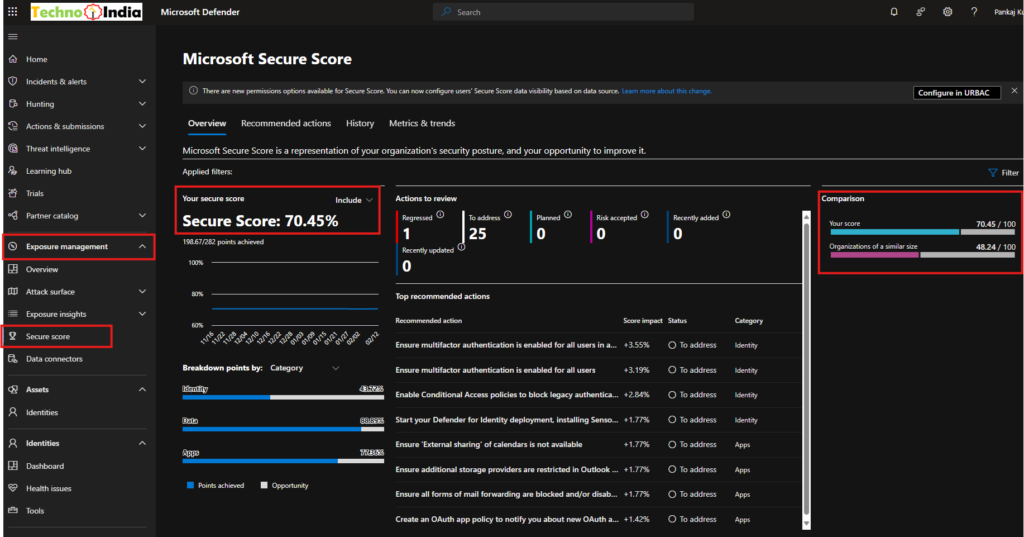
How Microsoft Secure Score is Calculated
Secure Score evaluates various security aspects within Microsoft 365 and assigns points based on their implementation. The calculation considers:
- Identity Security (e.g., Multi-Factor Authentication, Conditional Access policies)
- Device Security (e.g., Endpoint Protection, Device Compliance policies)
- Application Security (e.g., Office 365 app security settings)
- Data Protection (e.g., Information Protection policies, Encryption settings)
- Infrastructure Security (e.g., Defender for Endpoint, Azure security policies)
Best Practices to Improve Microsoft Secure Score
1. Enable Multi-Factor Authentication (MFA)
One of the best methods to stop unauthorized access is MFA. Ensure all users, especially administrators, have MFA enabled.
2. Implement Conditional Access Policies
Conditional Access restricts access based on user identity, location, device health, and risk level, reducing unauthorized access risks. Check out our blog on Conditional Access
3. Regularly Review and Update Security Policies
Security policies should be updated to reflect the latest threat landscape and compliance requirements.
4. Enable Threat Protection Solutions
Leverage Microsoft Defender for Office 365, Defender for Endpoint, and Microsoft Defender for Identity for enhanced threat detection and response.
5. Secure Administrative Accounts
Minimize the number of Global Admins, implement Just-In-Time (JIT) access, and enable Privileged Identity Management (PIM).
6. Encrypt Sensitive Data
Enable Microsoft Purview Information Protection to classify and encrypt sensitive business data.
7. Enable Audit Logging and Security Alerts
Ensure Unified Audit Logging (UAL) is enabled in Microsoft 365 and set up security alerts to monitor suspicious activities.
Monitoring and Maintaining Your Secure Score
- Regularly Review Secure Score Reports – Set a routine for reviewing security recommendations.
- Implement Automated Security Policies – Use Microsoft Defender and Intune to automate security configurations.
- Educate Employees on Security Best Practices – Conduct regular cybersecurity training sessions.
- Leverage Microsoft Security Insights – Utilize Microsoft Sentinel and Defender XDR for enhanced security analytics.
Conclusion
Microsoft Secure Score is an essential tool for improving an organization’s security posture. By regularly monitoring and implementing its recommendations, businesses can enhance their cybersecurity resilience, mitigate threats, and ensure compliance with security standards. Continuous improvement and proactive security measures will help organizations stay ahead of emerging cyber risks.
FAQs
1. What is a good Microsoft Secure Score?
A good Secure Score varies by organization size and industry, but higher scores indicate a stronger security posture. Aim for a score above 80% for optimal security.
2. How often should I check my Secure Score?
Organizations should review their Secure Score weekly to ensure continuous security improvements.
3. Does Secure Score impact compliance audits?
Yes, implementing Secure Score recommendations helps meet compliance standards like GDPR, HIPAA, and ISO 27001.
4. Can Secure Score be automated?
Yes, automation tools like Microsoft Defender and Intune help implement security policies automatically, improving Secure Score.
5. What happens if I ignore my Secure Score?
Ignoring Secure Score increases the risk of security vulnerabilities, data breaches, and compliance violations.
Stay updated on the latest in Microsoft 365, SharePoint, OneDrive, Teams, Intune, and more! Subscribe to our newsletter for exclusive insights and updates.

